Many people only shoot trap and skeet singles in competition. Shooting competitions offer opportunities to shoot other types of courses, including trap doubles and skeet doubles. In my experience, I have only shot this type once or twice for competition. I have shot skeet doubles and trap doubles more in practice than anywhere else, and here are some things that I’ve discovered along the way.
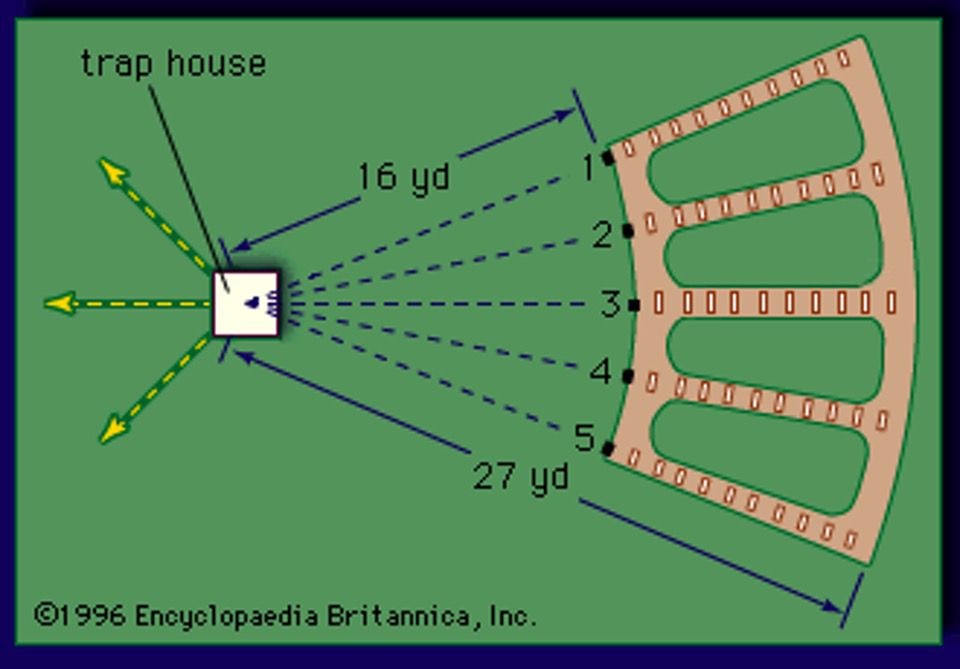
First, I’m going to start by explaining a little bit about trap singles. In trap, you have a 5-person squad and each member of the squad stand on one of the 5 stations. In front of the stations is the trap house where the clay bird will be launched. In trap, you will only be thrown 1 bird at a time, so once you have shot a bird, the next station will be thrown a bird after a shooter calls “pull.” It keeps going down the line until your turn comes again. Once everybody has shot 5 shots on that station, everybody switches stations. A full round of trap will contain a total of 25 shots.

Now that we know a little bit about trap, let’s look at trap doubles. In trap doubles, the trap field layout is still the same, so you will still have 5 stations and 5 squad members and, of course, the trap house is still in front of all the stations. Instead of 1 clay bird being thrown, when you call “pull,” 2 clay birds will be released simultaneously and 1 shot will be taken at each – meaning you will load 2 shells instead of one. In trap singles, every bird you call will come out at a different angle. In trap doubles, every bird you call for will come out at the same exact angle, but from each one of the 5 stations it will look like they are coming out at different angles even though they are the exact same birds thrown every time. A full round of trap doubles will consist of 50 shots total.
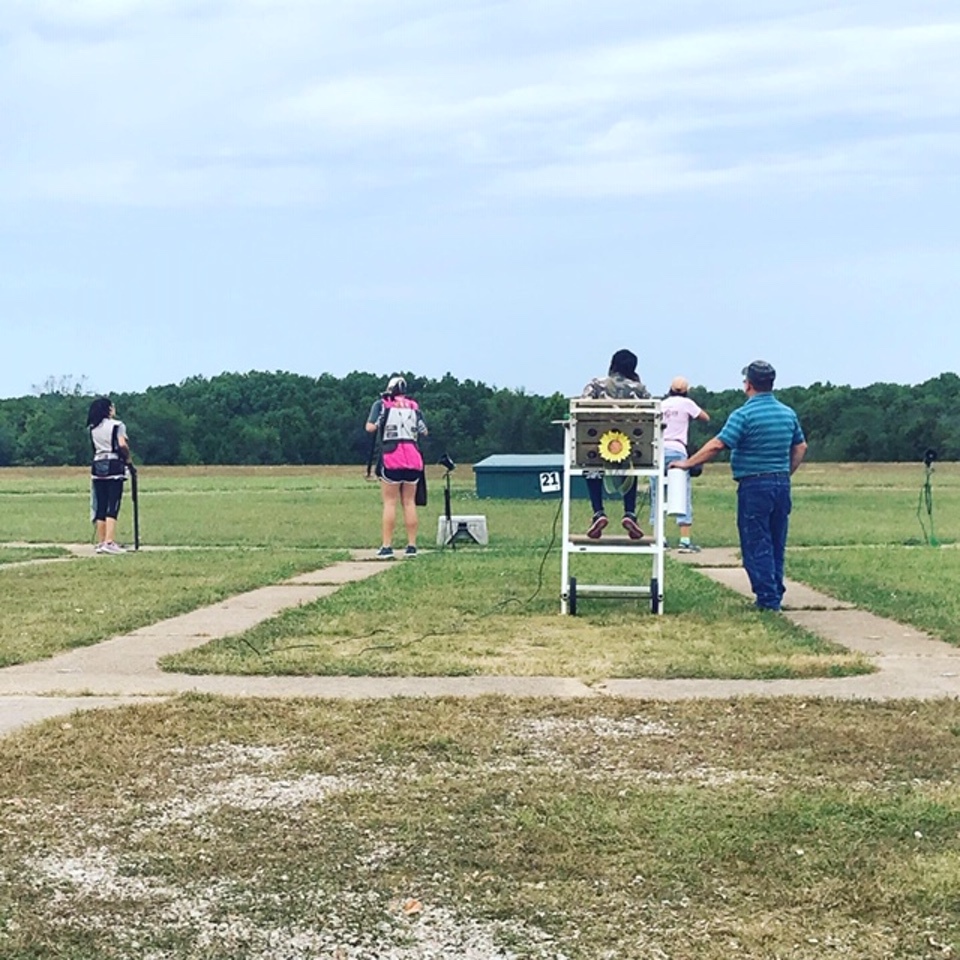
There are many different ways to shoot trap doubles. I will just be stating the ways I was taught. When I first started shooting doubles, I was taught that you should but this by shooting the straightaway clay first and then shoot the curved bird; after shooting doubles for a while, I noticed I was having the hardest time trying to hit the second bird. So, I decided to try to shoot them backward (curved then straightaway) and it was easier for me, because I know the straightaway was going to be easier for me to get on quickly. I decided I would shoot that one second and give myself some time to shoot the curved birds. One thing I have heard numerous times is that you have to shoot lots of doubles to get good at them. To get good at doubles, you have to shoot lots of practice doubles.
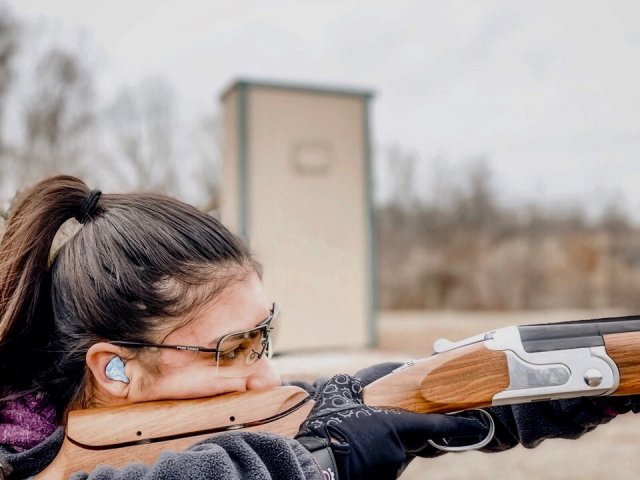
Skeet doubles is another discipline that I have been trying to start shooting more. Skeet doubles are a bit more complicated in my opinion. So, I’m going to explain a little bit about skeet singles and skeet doubles.
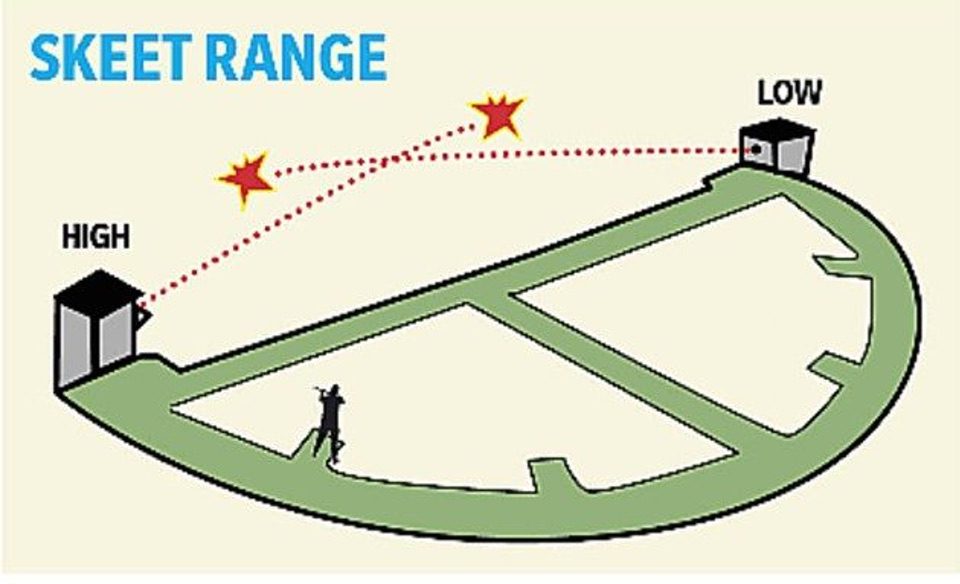
Skeet singles is a discipline that I shoot a lot in practice, but I haven’t really shot much in competition yet. Here’s how skeet singles works: there is 1 skeet house (a high house and a low house) on either side of the stations. According to a skeet forum at Shotgun World, this is how singles skeet works:
Stations 1 and 2: High House single, shot first; Low House single; High and Low House doubles, with the High House shot taken first. (Four shots at each of the two stations.)
Stations 3 through 5: High House single, shot first; Low House single. (Two shots at each of the three stations.)
Stations 6 and 7: High House single, shot first; Low House single; High and Low House doubles, with the Low House shot taken first. (Four shots at each of the two stations.)
Station 8: High House single, shot first; Low House single. If by now the shooter has missed no targets, the 25th shot is taken at the Low House.
Optional shot: This, which would be the 25th shell for a shooter who has missed no shots through Station 8, is taken for a second try at the first target missed at any station.
In skeet singles, you will get thrown 4 doubles total, which will help you with skeet doubles.
In skeet doubles, stations 3, 4, and 5 are going to be a little tricky at first, but they get easier the more you shoot them and in skeet doubles, we don’t shoot station 8.
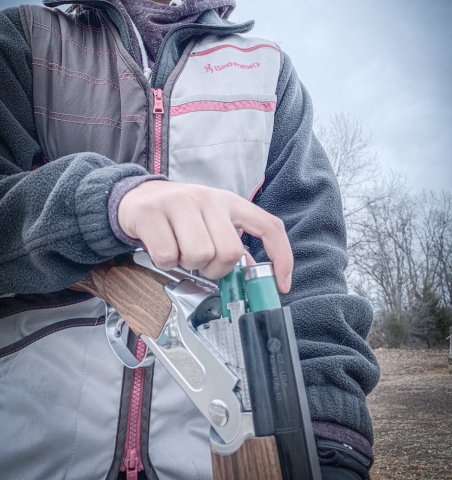
I have mostly shot singles, but I have shot doubles a few times for 4-H competitions. This coming year, I am going to be shooting many doubles competitions for trap and skeet. I have had many experienced shooters tell me that you should shoot lots of trap and skeet singles before shooting trap doubles and skeet doubles in competitions.
Shelby Odom is an active teen who loves adventure indoors and outdoors. Her favorite things to do are shooting, scuba diving and rock climbing. View all posts by Shelby Odom